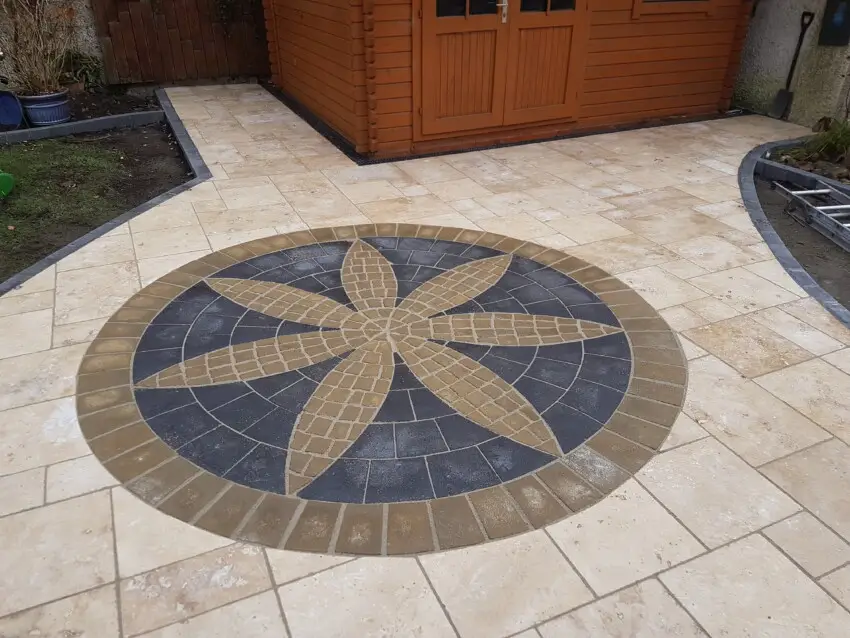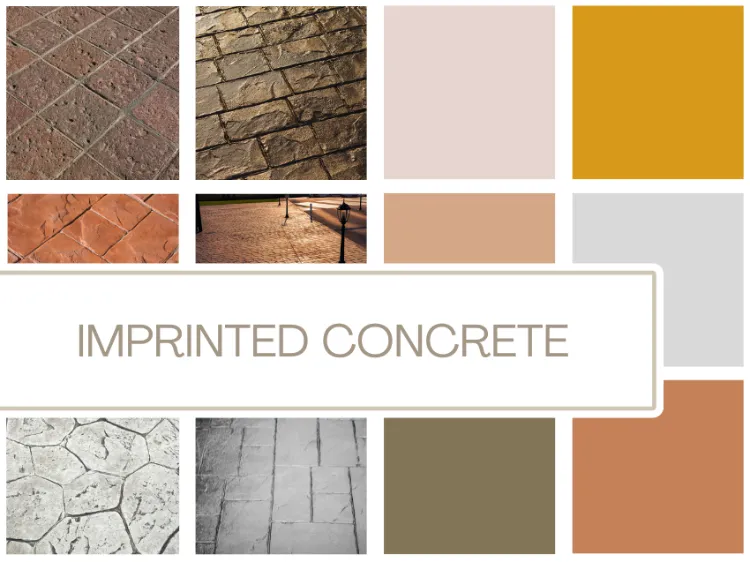The allure of a beautifully installed patio cannot be overstated in Ireland, where the blend of natural beauty and moderate weather invites outdoor living. Patios have soared in popularity, becoming a coveted feature for homeowners looking to enhance their outdoor spaces. As outdoor areas become extensions of our living spaces, the choice to lay a patio is more than a design decision; it’s a lifestyle enhancement that aligns perfectly with Ireland’s appreciation for the great outdoors.
Understanding the process of patio installation—whether you’re tackling it as a DIY project or planning to hire professionals—is crucial. A well-installed patio not only boosts the aesthetic appeal of your home but also increases its market value, making it a worthwhile investment. The process begins with choosing the right paving slabs, which can range from manufactured concrete to natural stone, each offering unique shades and textures that contribute to the overall design.
This introductory guide aims to navigate the nuances of patio installation, providing you with the knowledge to either embark on a DIY project or to converse knowledgeably with professionals about your options.
Designing your patio
Planning your layout
The success of a patio installation begins with effective planning and design. Considerations of how the patio will be used, its exposure to sunlight, and the space available are paramount. A well-thought-out layout ensures that the patio serves its intended function while also complementing the existing landscape. Here are a few tips for the planning stage:
- Sunlight: Determine the pattern of sunlight throughout the day. Areas that receive ample morning or evening light might be best for your patio depending on your usage.
- Usage: Think about what you want to use the patio for; whether it’s for dining, lounging, or as a garden focal point, each use might dictate a different layout.
- Space: Be realistic about the space you have available. A smaller yard might benefit from a simple, clean design to prevent it from feeling cluttered.
Choosing materials
The choice of materials for laying patio slabs can deeply influence both the look and functionality of your patio. In Ireland, popular materials include limestone, granite, and concrete slabs, each offering different aesthetic and practical benefits:
- Limestone: Known for its natural, earthy tones, limestone fits well with traditional garden designs.
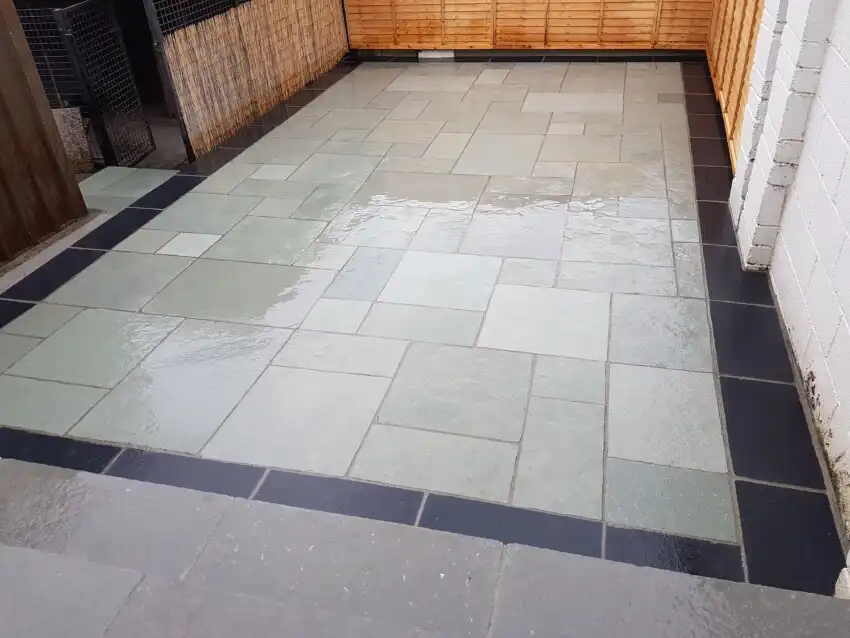
Blue Limestone
- Granite: This is a great option if you’re going for durability and a modern look.
- Concrete Slabs: Highly versatile and available in various colours and textures, concrete is suitable for various design preferences.
- Porcelain: Porcelain tiles are incredibly durable and low maintenance, making them ideal for creating a sleek, contemporary outdoor space.
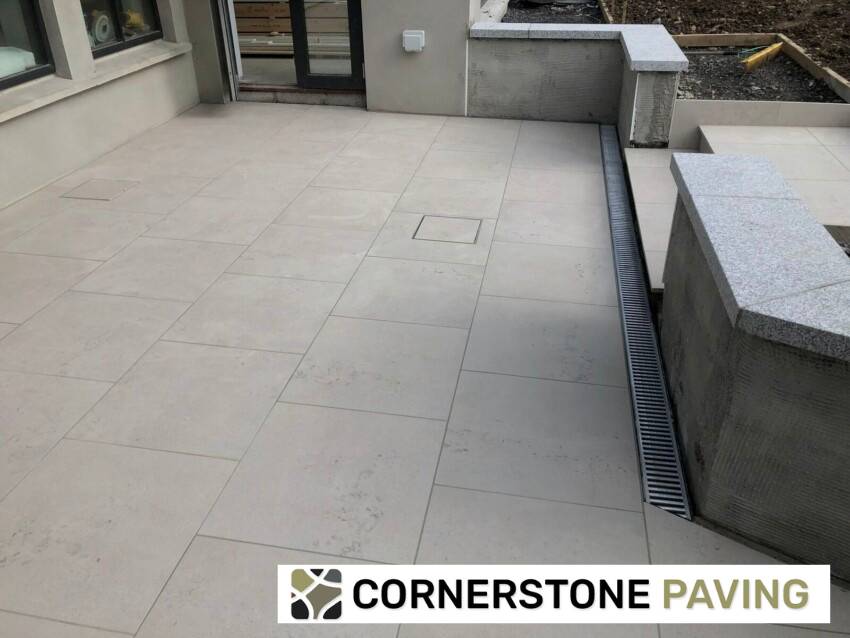
porcelain paving in Dublin
- Travertine: This material offers a timeless appeal with its warm, natural colors and is perfect for creating a more luxurious and inviting patio area.
- Cobble Block: Cobble block adds charm and character, ideal for achieving a classic or rustic look, providing excellent durability and a unique visual appeal.
When selecting materials, consider their longevity, maintenance requirements, and how they complement the surroundings of your home.
Preparing the site

Tools and materials needed to lay a patio
Before you begin the installation, it’s important to gather all the necessary tools and materials to ensure a smooth process. You will need gravel and sand to create stable base layers crucial for laying paving slabs. Choose patio slabs that fit your aesthetic and functional needs, whether they are natural stone or concrete paving. Safety is paramount, so be sure to have gloves and goggles on hand. Additionally, a measuring tape and a level will help keep everything aligned correctly, while a spade or shovel is essential for the physical groundwork. For some installations, particularly those involving natural stone slabs, a cement mixer for preparing bedding mortar might be required to ensure a secure and even laying surface.
Site preparation steps
Proper site preparation is essential for a successful patio installation. Start by clearing the area: remove any grass, stones, and debris from where the patio will be laid. This step is critical in preventing unevenness and ensuring that the foundation can properly support the slabs. Next, level the ground thoroughly. An uneven base can lead to water pooling on the finished patio, which can cause damage over time and undermine the integrity of the installation.
Finally, accurately calculate the amount of base material and slabs needed to cover your patio area. This includes not only the physical dimensions of the slabs but also the depth of sand and gravel needed for the base layers. Preparing enough bedding mortar to accommodate the laying of the slabs is equally important, as this will secure the slabs in place and prevent shifting. With these preparations in place, you are ready to proceed to the next phase of laying your new patio.
Laying the patio
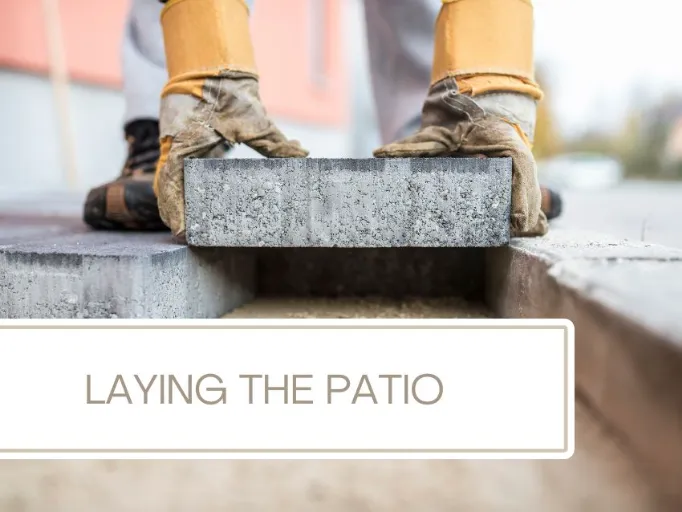
Step-by-Step Installation Guide
Follow these bullet points to ensure each slab is laid correctly:
- Measure and mark the area.
- Dig to the required depth.
- Lay the sub-base and compact.
- Place and level the patio slabs.
- Fill joints with sand or mortar.
Precision in each of these steps is critical for both the appearance and longevity of the patio.
Time and effort required
Installing a patio can be a rewarding project, but it requires a significant time investment and physical effort. For a standard-sized patio, you might need several weekends to complete the project, depending on the complexity and size. The physical effort involved is also considerable, involving heavy lifting and meticulous placement of slabs.
Finishing touches and maintenance
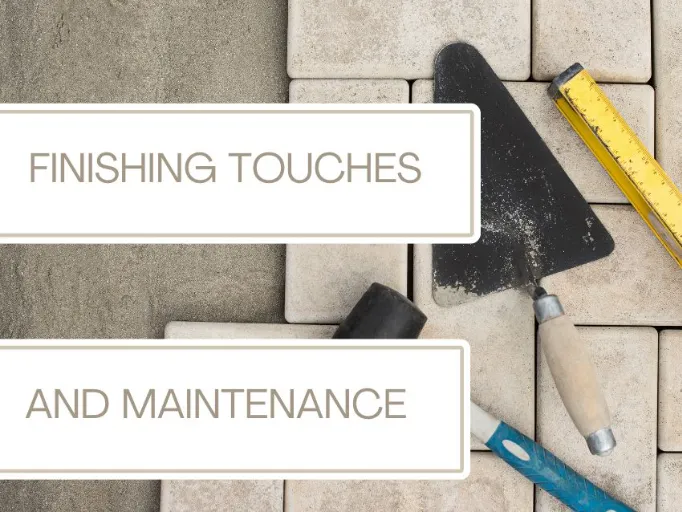
Quality and finish
Achieving a professional-quality finish for your patio paving involves several crucial steps. Firstly, sealing the slabs is essential as it protects your patio from weathering and unsightly stains. This process is particularly important for materials like natural stone, which are porous and can absorb moisture if not properly sealed. Secondly, treating the materials can further enhance their durability and maintain their colour over time. Different materials might require specific treatments; for example, a protective sealant for natural stone or a colour enhancer for concrete paving.
Additionally, proper edging is necessary to contain the paving slabs and add to the finished look of the patio. Edging not only helps maintain the structural integrity of the patio by preventing the slabs from shifting but also creates a visually appealing outline that defines the patio area.
Maintaining your patio
Regular maintenance is key to keeping your patio looking its best and extending its lifespan. Incorporate regular cleaning into your routine to prevent the build-up of dirt and debris, which can mar the appearance of your patio slabs. Sweeping and washing the patio will keep the surface looking fresh and vibrant.
This article may also be of your interest: How to Clean Patio Slabs: A Comprehensive Guide
Annual checks are also vital; inspect the patio for any loose slabs or degraded joint filler each year. This yearly routine helps you catch any potential issues early, preventing more significant problems down the line. By maintaining the quality of the joint filler and ensuring all paving slabs are securely laid, you can enjoy a pristine patio paving for years to come.
DIY vs Professional installation
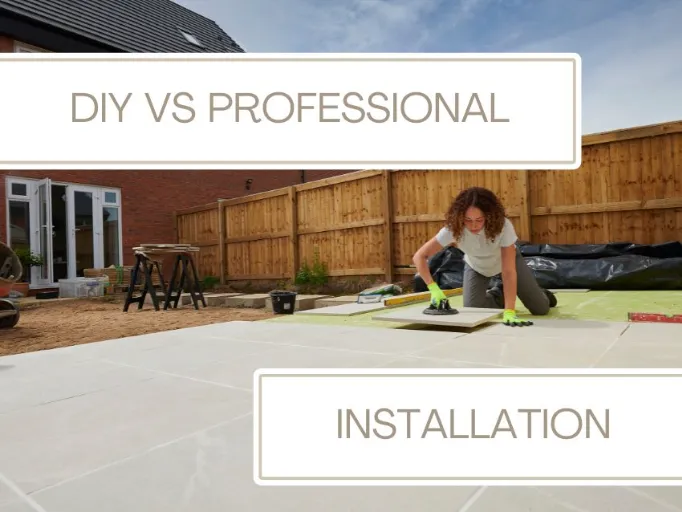
While a DIY project might save on costs, professional installation can offer peace of mind through expertise and efficiency. Consider the following:
- Cost: DIY can be less expensive but may incur additional costs from mistakes.
- Time: Professionals can complete the job quicker than a typical DIY project.
- Effort: The physical and technical demands of patio installation can be challenging without prior experience.
Transforming your home: the lasting impact of a well-planned patio installation
Installing a patio in Ireland can truly transform your outdoor space, turning it into a delightful area to relax and entertain. Embarking on a patio project, whether as a DIY venture or through hiring professionals, is not just about enhancing the aesthetic of your home—it’s about creating a functional space that extends your living area into the outdoors. Before you begin, it’s important to thoroughly evaluate your skills and the time you can dedicate to this project. Consider the complexity of laying a patio and the precision required to ensure a level and durable surface.
For those considering a DIY paving project, materials such as porcelain paving are an excellent choice due to their durability and low maintenance needs. However, working with porcelain requires careful handling and precise installation techniques to prevent chipping and ensure alignment. If your space allows, even a small patio of a few square meters can significantly increase the usability of your garden, providing a perfect spot for a morning coffee or an evening unwind. Regardless of the size, the proper execution of a patio laying can bring immense satisfaction and a sense of achievement.
Ready to transform your outdoor space with a stunning new patio? Whether you’re considering a DIY project or prefer the expertise of professionals, Cornerstone Paving is here to help you every step of the way. Contact us today (phone: 087-8053284 | email: info@cornerstonepaving.ie) to discuss your patio plans and discover how we can turn your vision into a beautiful reality. Let’s build the perfect patio together—your outdoor oasis awaits!

Velo
Skilled Pavement Craftsman
I’m Velo, the driving force of Cornerstone Paving. My adventure started with a love for turning outdoor areas into visually appealing spaces. Guided by creativity and powered by commitment, I’ve developed a strong appreciation for the essentials: quality, aesthetics, and lasting impressions. At Cornerstone Paving we’ve sharpened our skills for 30 years in this field.


